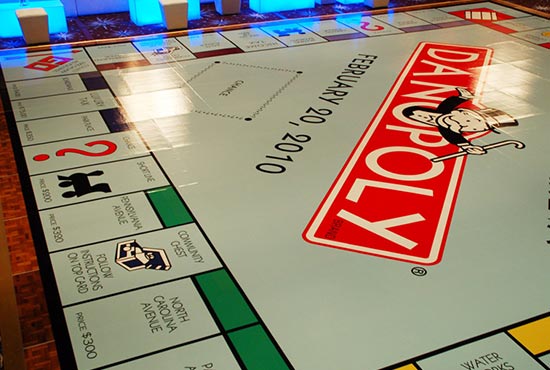Illuminating the Value of Illumination in Maintaining Performance Floor Protection
Wiki Article
Lighting plays a vital role in guaranteeing the security of dancing areas, regardless of whether in a nightclub, a local venue, or a educational gathering. Proper illumination helps to create a secure environment by enabling dancers to perceive their environment clearly. This clarity is essential for avoiding accidents, such as stumbles and collapses, which can occur on busy or uneven surfaces. Additionally, effective lighting aids in ensuring that all dancers are cognizant of their area and the individuals around them, reducing the risk of collisions or other mishaps on the dance floor.
One of the main functions of illumination in a dance setting is to improve visibility. Bright and well-placed lights illuminate the floor, making it easier for dancers to move through their actions. This is especially important in settings where the floor may be crowded or where different dance styles require various levels of space. When dancers can spot where they are stepping and how much room they have, they can move with greater confidence and avoid potential dangers. For instance, a brightly illuminated floor enables dancers to spot spills or hazards that could lead to dangerous situations.
In furthermore to assisting dancers visualize better, lighting can also contribute to the overall atmosphere of the event. While some dance venues may use dim lighting for aesthetic purposes, it is crucial to click resources find a balance between atmosphere and safety. Flashing or flashing lights can disorient dancers, making it hard for them to maintain their orientation. Therefore, including soft, steady lighting with more intense spots in critical areas, like exits and walkways, can enhance both the vibe and safety of the dance floor. This thoughtful approach encourages site link a vibrant but secure dancing experience.
Moreover, it is important to consider the types of lighting that are best suited for dance floors. Different light sources, such as light-emitting diodes, focused lights, and ambient lighting, can serve various purposes. LED lights are energy-efficient and can be programmed to produce different colors and effects without compromising brightness. Spotlights can highlight specific areas, such as a platform or a group performance, while ambient lighting sets the overall mood. By carefully selecting and placing these lighting choices, event coordinators can make sure that the dance floor stays a safe and enjoyable space for all participants.
In summary, the significance of proper lighting in guaranteeing dance floor safety cannot be overstated. It not only provides the necessary visibility for dancers to move freely and safely but also helps create an inviting environment that encourages participation. Event planners and venue managers must prioritize lighting design when organizing dance events to reduce risks and enhance the complete experience. By doing so, they can cultivate a fun, lively atmosphere while maintaining safety at the center of their planning efforts.
